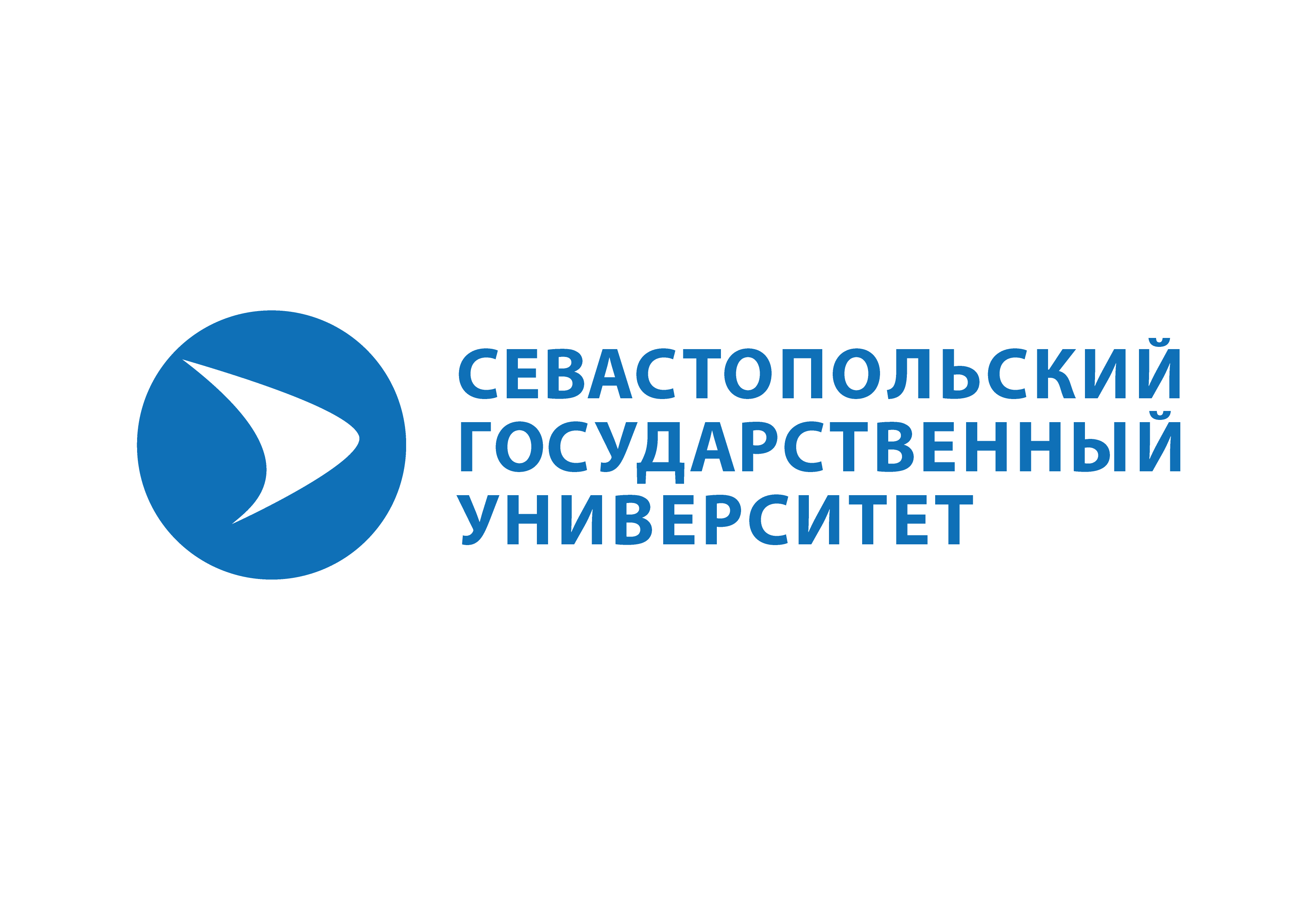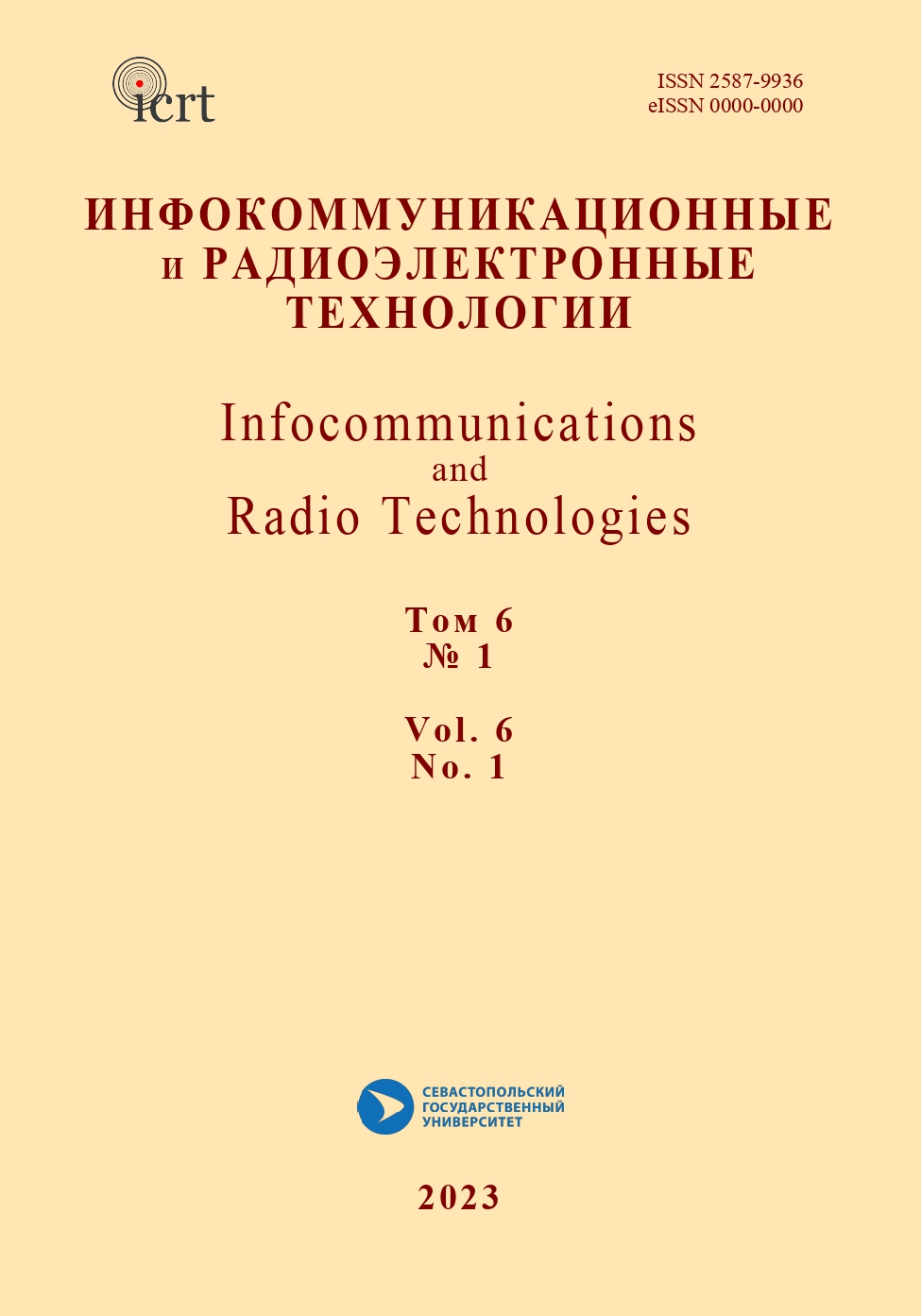St. Petersburg, St. Petersburg, Russian Federation
UDK 621.39 Электросвязь. Техника электросвязи
The article details the creation of the first telephone relay devices at WECo for the future extra-long telephone line New York – San Francisco. The main attention in the article is focused on the development of these devices by an employee of the company Harold Arnold based on mercury gas discharge technologies. An analysis of the designs of repeaters that existed before 1911 is given. The substantiation of the chosen scientific direction for the development of repeaters in WECo is given. The designs of Peter Cooper Hewitt mercury discharge lamps and John Bellamy Taylor’s mercury arc relay are considered. It was noted that the organization of a research group at WECo to develop repeaters based on new physical principles and the invitation of young talented scientists to this group made it possible to obtain a significant scientific result.
New York – San Francisco telephone line, telephone relay, repeater, mercury discharge lamps, Peter Cooper Hewitt, Harold Arnold mercury discharge lamps
1. V. M. Pestrikov, “Choice of Development Trend of Bell System at the Beginning of the 20th Century,” Infocommunications and Radio Technologies, vol. 5, no. 3, pp. 395-427, 2022, doi:https://doi.org/10.29039/2587-9936.2022.05.3.30. (In Russ.).
2. V. M. Pestrikov, “Robert Millikan and His Role in the Birth of Modern Radio Tubes,” Infocommunications and Radio Technologies, vol. 5, no. 4, pp. 587-610, 2022, doi:https://doi.org/10.29039/2587-9936.2022.05.4.41. (In Russ.).
3. V. M. Pestrikov, “Audion Competitors in the Radio Technology Market,” Infocommunications and Radio Technologies, vol. 4, no. 4, pp. 322-352, 2021. (In Russ.).
4. Shaw Thomas, “The conquest of distance by wire telephony,” The Bell System Technical Journal, October, 1944, vol. XXIII, no. 4, pp. 337-421.
5. V. M. Pestrikov “Application of cathode-ray technologies for amplification of electrical signals,” Infocommunications and Radio Technologies, vol. 3, no. 3, pp. 360-383, 2020. (In Russ.).
6. “Baker Rray Stannard. Peter Cooper Hewitt - inventor,” McClure’s magazine, June, 1903, vol. 21, no. 2, pp. 172-178.
7. “Three remarkable discoveries,” The World’s Work, February 1902, vol. 3, no. 4, p. 1791.
8. P. C. Hewitt, “Electric lamps,” Patent US682690. Patented September 17, 1901. Application filed April 5, 1900.
9. Where did fluorescent lamps come from. Site “Engineering of buildings and structures”. URL: http://engineering-ru.livejournal.com/4657.html (01.11.2022). (In Russ.).
10. P. C. Hewitt, “Means for reproducing electrical variations,’ Patent US749791. Patented Jan. 19, 1904. Application filed May 16, 1902.
11. P. C. Hewitt, “Vapor electric device,” Patent US1052057. Patented February 4, 1913. Application filed, July 24, 1905.
12. P. C. Hewitt, “Vapor electric apparatus,” Patent US1025464. Patented May 7, 1912. Application filed, March 23, 1908.
13. John B. Taylor, “Mercury arc relay,” Patent US953361. Patented March 29, 1910. Application filed September 17, 1907.
14. Lillian Hoddeson, “The Emergence of Basic Research in the Bell Telephone System, 1875-1915,” Technology and Culture, July 1981, vol. 22, no. 3, p. 532.
15. “Records & Briefs. 15. Transcript of Record. Supreme Court of the United States,” October Term, 1930, vol. I, no. 630, De Forest Radio Company, Petitioner, Generel Electric Company. On Writ of Certiorari to the United States circuit court of appeals for the third circuit, p. 571.
16. P. C. Hewitt, “Means for reproducing electrical variations,” Patent US991304A. Patented May 2, 1911. Application filed July 7, 1904.
17. P. C. Hewitt, “Method of manufacturing vapor or gas lamps,” Patent US682699A. Pa-tented September 17, 1901. Application filed April 5, 1900. Renewed May 2, 1901. P. 1, line 36.
18. Arnold Harold De Forest, “Method of producing electrical variations,” Patent US1118172A. Patented November 24, 1914. Application filed July 15, 1912.
19. Arnold Harold De Forest, “Electric relay. Patent US1118173A,” Patented Nov. 24, 1914. Application filed July 15, 1912.
20. “Gesellschaft für Drahtlose Telegraphie M. B. H. in Berlin,” Patent DE291604. Einrichtung zur Erzeugung elektrischer Schwingungen. Patentiert im Deutsclien Reiclie vom 10. April 1913.
21. Arnold Harold De Forest, “Alternating current generator,” Patent US1118174A. Patented November 24, 1914. Application filed June 12, 1913.
22. Arnold Harold De Forest, “Electric relay apparatus,” Patent US1118175A. Patented Nov. 24, 1914. Application filed January 8, 1914.
23. Gherardi Bancroft and Jowett Frank B., “Telephone repeaters,” Transactions of the American Institute of Electrical Engineers, July to December, 1919, vol. 38, part 2, p. 1320.
24. Arnold Harold De Forest, “Negative-resistance repeater,” Patent US1118176A. Patented Nov. 24, 1914. Application filed May 7, 1914.
25. Bill Burns. Early Cable Instruments. URL: https://atlantic-cable.com/Article/Instruments/index.htm.
26. Edwin H. Colpitts, “System for amplifying electric waves,” Patent US1129959. Patented March 2, 1915. Application filed April 6, 1914.












